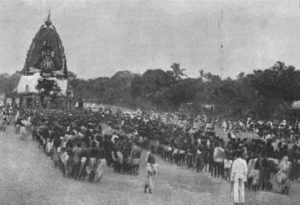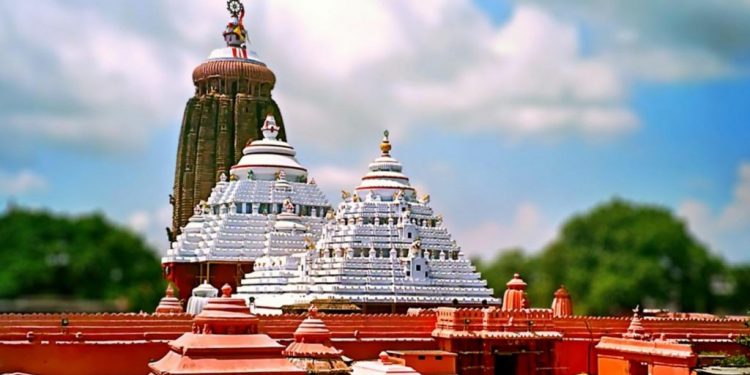Puri: The Supreme Court Thursday stayed Puri Rath Yatra for 2020 in view of COVID-19 outbreak. Cancellation of the festival has hurt the sentiments of millions of devotees of Lord Jagannath across the globe. That said, it is important to note that Rath Yatra has been held outside Puri and cancelled altogether several times in the past.
According to historians, for various reasons, the festival was not observed 32 times.
Following are the reasons for which the Rath Yatra had been stopped:
A peep into the history of the Jagannath temple reveals that the grand festival was not held for 32 years due to attacks on the temple by Islamic rulers between 1568 and 1735.
Below is a chronology of the attacks on the Jagannath temple:
—Following an attack by Kala Pahada, a general of Bengal king Suleiman Kirrani, on the temple in 1568, the Rath Yatra could not be held for nine years from 1568 to 1577.
— In 1601, Mirza Khurum, a commander of the Bengal Nawab attacked the temple. But the priests saved the idols by shifting them to the Panchamukhi Gosani temple at Kapileswar, about 13-14 km from Puri. Due to the shifting of the idols, the Rath Yatra could not be held.
—In 1607, Qasim Khan, the Mughal subedar of Odisha, attacked the temple. The idols were hidden and taken to Khurda and kept in the Gopala Jew temple. As a result, the Rath Yatra could not be held.
—The Rath Yatra was not held in 1611 after Kalyan Mal, the son of Todar Mal (a famous courtier of Akbar), became subedar of Odisha and attacked the temple. The idols were shifted beforehand to Mahisanasi in the Chilika lake.
—The festival was not held in 1617 after Kalyan Mal attacked the temple for the second time. Before the attack, the priests shifted the idols to Gurubaigarh in Chilika lake.
—In 1621, the idols of the Lords were shifted to Andharigarh in Banapur following an attack by the Muslim subedar Ahmed Beg on the temple. Later, the Brahma of the idols was taken to Gadamanitri village in Khurda district. Due to the shifting of the idols, the Rath Yatra could not be held for two years in 1621 and 1622.
—In 1692, Ekram Khan, the Mughal commander in Odisha attacked, the temple. Prior to the attack, the priests shifted the idols to a place behind the Bimala temple in Khurda. From there the idols were taken to Gadakokala village near the Chilika lake and then to Bada Hantuada village in Banapur where they were kept till 1707. Due to the absence of the deities in Jagannath temple in Puri, the Rath Yatra could not be held for 13 years.
— The festival was not held in 1731 after Mohammed Taqi Khan, the Naib Nazim (Deputy Governor) of Odisha attacked the temple. The idols were taken to Kankanasekhari Kuda in Chilika lake and then shifted to Harishwar Mandap at Nairi village in Chilika tehsil in Khurda district and finally to Chikili village near the foothill of Chakadimbiri in Khallikote in Ganjam district.
—As Taqi Khan attacked the Jagannath temple for the second time in 1733, the idols of the Lords were shifted to Harishwar Mandap and then to the Marda temple near Hatibari hill in Polasara of Ganjam district where the priests had performed secret rituals for more than two years. As a result, the Rath Yatra could not be held for three years from 1733 to 1735.
A rare picture of Rath Yatra being celebrated during British era:







































